Wildings
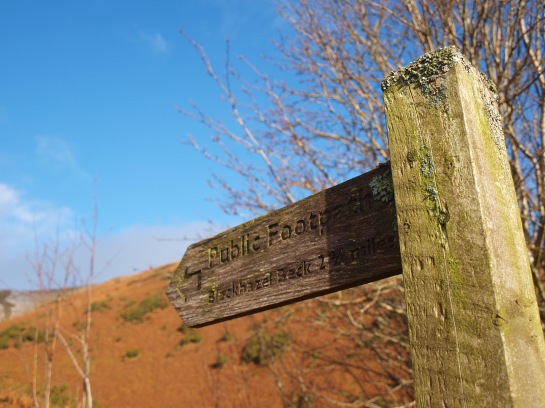
To Blackhazel Beck where no hazel now grows,
Lichenous finger of exotic wood,
Sign from moist warm woodland
-A distant land-
To lost rainforests of home.

In parkland well barred
White dots scour the hill,
Stripping saplings bare of bark
And leaves as they unfurl,
Psychedelic tupped ewe blending with bracken.
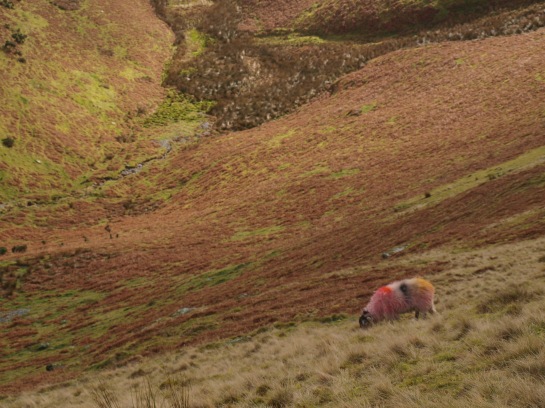
There is a change in the weather, we know so well,
Waves of clouds, swirl,
Break over the fell
Crashing with silent surf
Over winters green fields.
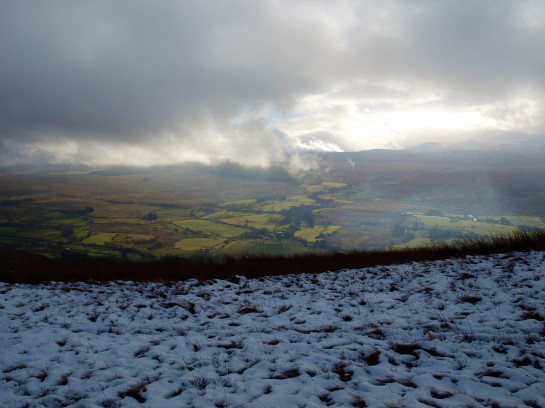
Footprints in the mist-dampening snow,
Ephemeral, wind warms to water
Drifting high into mist
Seeking adventure, testing times
Up high again.
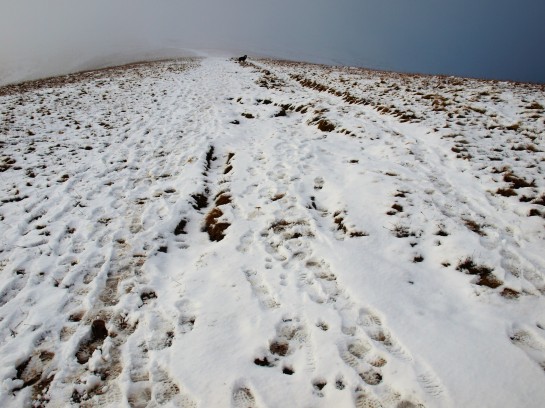
Time out of mind, cloven hooves of red deer
Wander to summer high pastures
Above the treeline, away from wolves
Stalking through the woods
Hoping for strays.
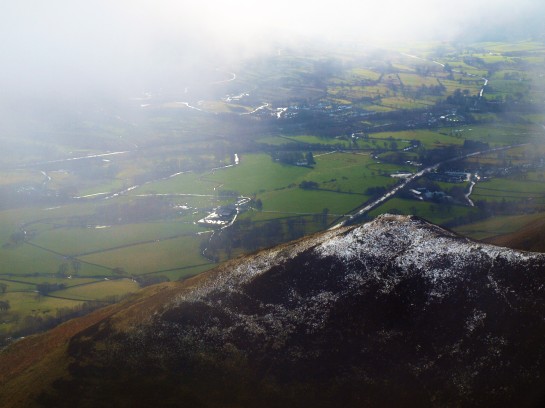
Where once the aurochs browsed
The meandering marshy morass below,
Wallowing in beavered lodges – calm waters
Boar and Bear, snuffle through leaf litter,
Snoring in craggy cave and hollow tree.
Lynx stalks through thicket,
Pelt a fine prize crowns a chieftain’s head,
Bears teeth around his neck,
Claws that once raked his arm
Fasten his cloak.

Swarming salmon seethe up the Great River
Spawn in glacial gravel flowing from mountainside
The river turns from sunrise to sunset
Spiralling, tumbling and rounding
Returning to the Whales water.
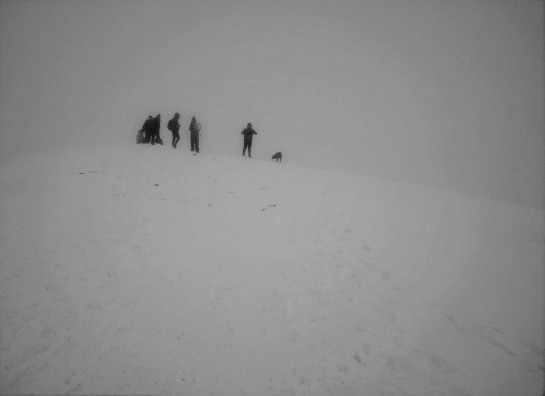
Now people summit
In mist and snow,
Clad in black gold,
From deep depths drawn,
Form coloured nylon and plastic.
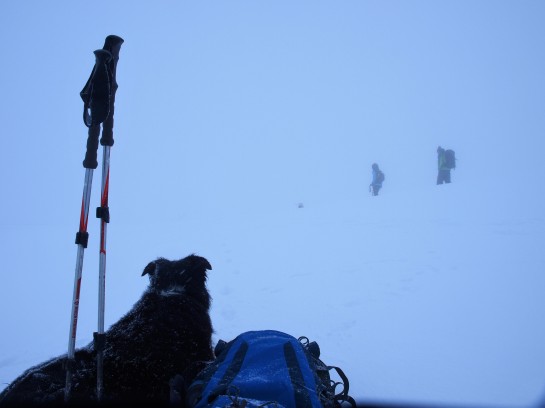
Playing at wildness
In park, on path
Released from the pen,
Free to roam but constrained on the fell
Close the gate when you leave, please.
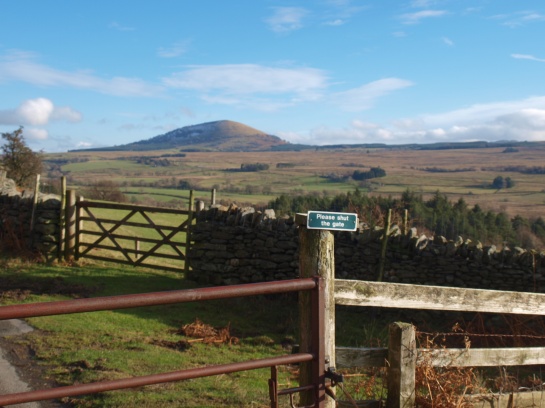
Twin paps of Mell, Great and Little
Both crowned with barrows of ancient chiefs
Oak and elm their final bed,
Pyre fired urn, holding charred bones,
Watch from a distance over park-life games.
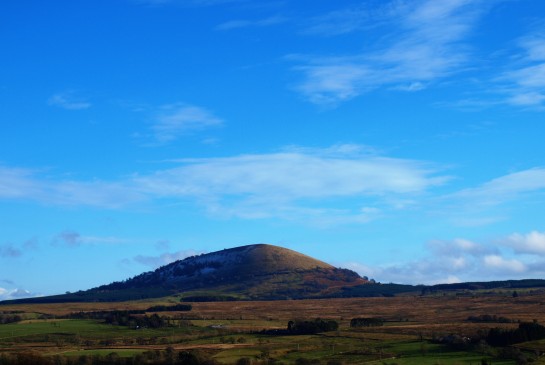
Notes
The primary influence on these musings whilst climbing Blencathra is George Monbiot’s recent book Feral, a treatise on the re-wilding of the environment. Unsurprisingly he received a hostile reception from some Lake District farmers despite acknowledging there are many problems, cultural and social, inherent in the process and that the dispossession of farmers is not the way forward. Whilst the Lake District National Park and National Trust have set to in planting up some areas with native trees, notably around less accessible ghylls and scree strewn slopes, there still remains a lot to be done. A notable success is Ennerdale, and Thirlmere is steadily loosing its green cloak of spruce. Effectively these conservation bodies have preserved the picturesque qualities of a deforested landscape, where you can walk for hours and barely see any mammal other than sheep (and humans!), at the expense of the wildlife. Despite being quite fond of sheep myself they are desperately destructive, and have largely been responsible for the process of deforestation in the uplands at least since the Bronze Age over three thousand years ago.
George Monbiot argues that the present and former forests of the western coasts of the British and Irish Isles are in fact temperate rain-forests. I would agree with this as I listen to the rain hammering on the roof. It can best be seen perhaps on the western coasts of Scotland where native oak and birch wood survive, festooned with massive growths of lichens and mosses. This makes the deforestation all the more destructive as the upland soils are rapidly depleted of nutrients, this has the knock on effect of increased run off, acidification, erosion and destruction of salmon spawning grounds. There were not always large areas of mire on the uplands!
The aurochs was a native form of cattle, massive bigger than modern domestic cattle something like a buffalo in size, it was hunted to extinction in Britain around the Bronze Age, although extant in Europe for longer and preserved in the Polish forests for the royal hunt until the last cow died in 1627. People have been influencing the landscape in the Cumbrian Mountains from the Neolithic Period and arguably earlier into the Mesolithic. Imagining the wealth of wildlife in that time, it seems that it would not be so hard to find your dinner. The burials mentioned on Great and Little Mell fells were from the middle Bronze Age around 12-1500 BC, brief notes can be found here and here. Their settlements may now be buried in the blanket bog on the west of these fells. There remains an Iron Age settlement still visible on the opposite side of the valley to Threlkeld, this may well have had roots in the Bronze Age.

A poetic and sad sounding reflection. Do you think the creation of boundaries (fences, gates) and depletion of wildlife mean something is lost for the walker in the fells?
LikeLike
Boundaries are a complex subject that can evoke a broad range of emotional responses, be it eager anticipation, fear or elation perhaps, in opening the gate through the intake wall onto the open fell knowing that an arduous walk or climb is about to happen. On return this can be euphoric after a good day or rather glum on coming back down to earth to the hum-drum life.
Physical boundaries on the fells are relatively recent mostly happening as a result of the Parliamentary Enclosures Acts from the 17th- early 20th Century’s, before this it would have been a much more uninterrupted landscape. We are now conditioned to accept these boundaries without question and once on open land we may have the designated protection of the Countryside and Rights of Way Act. In the Lake District this land is strictly maintained with mechanical diggers forming a path all the way to the summit of Blencathra and innumerable other modern built paths. There are areas where you can feel the nature of the place mostly well off the footpaths!
The depletion of wildlife and flora on the fell sides is certainly a loss, a barren ecological desert infact. But again we are culturally conditioned to accept that this is what the fells are like, open and bare. We love the long vistas that this deforested landscape bring, if we want a walk in a woodland we are generally in the valleys. So on the rare occasions that I catch site of a deer or fox on the hill, it is remarkable, but would it not be better if this were commonplace, wandering through an ever thinning woodland to emerge on the summits and ridges with that wonderful vista at last!
LikeLike